Try these 8 lucky Cantonese foods for Chinese New Year
Gong Hei Fat Choy. That's Cantonese for happy new year.
Year of the Tiger arrives on Feb.1. For many East Asians — including Chinese, Korean, Vietnamese and Thai — Lunar New Year is the biggest holiday of the year, marked by 15 days of celebrations.
People born in a year of the Tiger are said to be brave, fearless and confident — much like a tiger's personality. There are 12 animal signs rotated each year in the Chinese zodiac.
The holiday is celebrated with different customs and foods depending on the region. In northern China, dumplings are often served because they are shaped like gold ingots, representing wealth.
(Story continues below.)
There are also different versions of nian gao, which translates to year cake. The sticky cake was believed to be an offering to the Kitchen God, so that his mouth will be stuck closed, unable to badmouth the human family to the Jade Emperor.
In Shanghai, where my family is from, the nian gao is stir fried with pork slices and cabbage, is what I grew up. But growing up in Taiwan, my family also ate the sweet nian gao, which is fried in an egg batter.
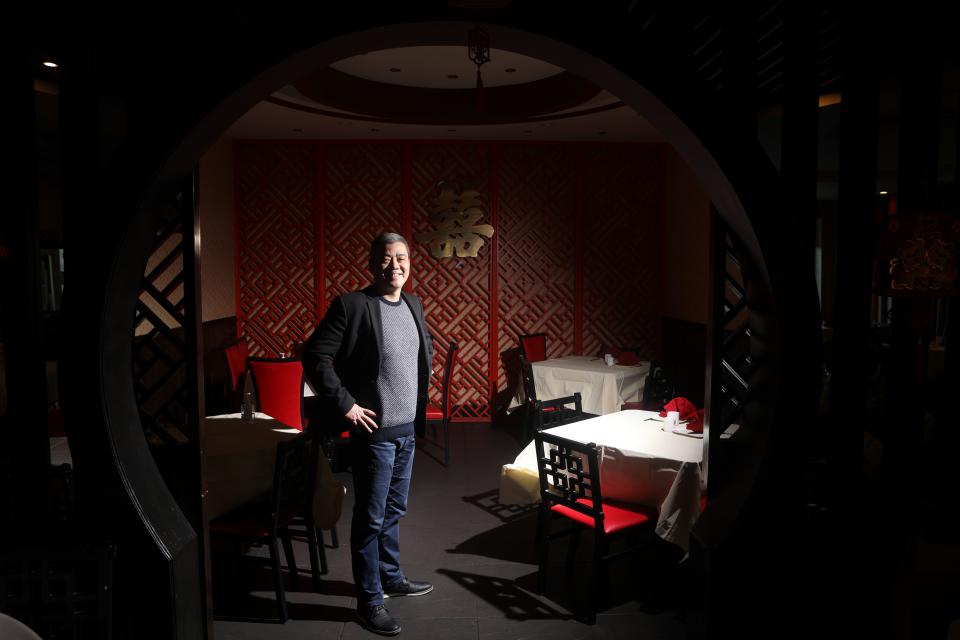
Thinking nian gao is a Chinese tradition throughout the country, I asked Fort Lee's Aquarius Seafood Restaurant owner Leo Le about a Cantonese version.
He told me the Cantonese of southern China and Hong Kong has its own version of lucky foods and that serving nian gao is out of fashion now. Whoops!
So what's hot in Cantonese cuisine in this upcoming Year of the Tiger? Luk made for us eight specialty dishes and shared their symbolic meanings. Eight is a lucky number in China as "ba," which means eight, rhymes with "fa," meaning prosperous.
Asians on big screen: For Asian movie fans, Marvel's 'Shang-Chi' stirs pride and controversy | Mary Chao
Gift of giving: For Asian Americans like me, 'tis always the season for gifting | Mary Chao
1. Fa Chay Hou Xi
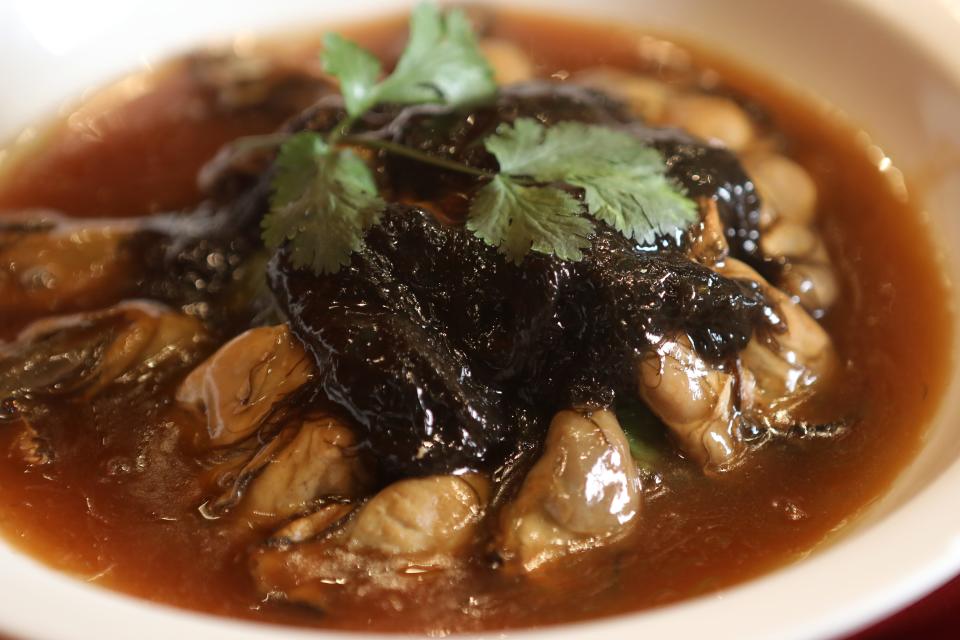
Dried oysters are steamed for a half an hour and served in oyster sauce. Fa means to prosper in Chinese and the oysters called hou in Cantonese sounds like the phrase "good things." Oyster is a food of luck in Chinese culture.
2. Ti Pan or Fa Chai Da Yuanti

This is braised pork, Cantonese style. Ti Pan, Mandarin for braised pork, is usually cooked in a red sauce with sugar. Luk made the Cantonese version of the pork without sugar in a savory brown sauce. Fa Chai Da means big prosper and Yuanti means pork shank. Mandarin and Cantonese are different dialects of the Chinese language.
3. Yi Fu Mein or braised soft noodles
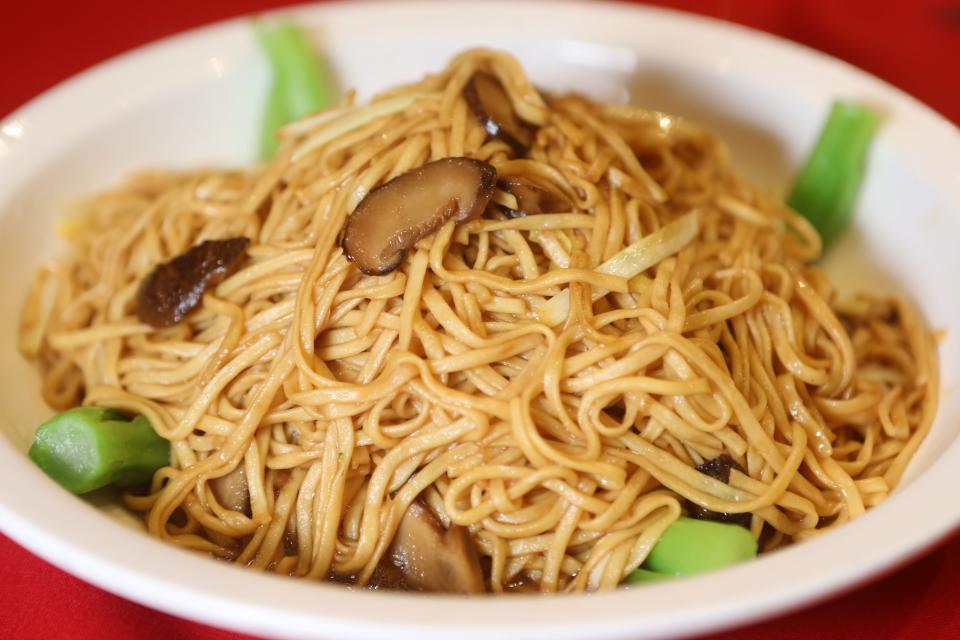
Noodles are a traditional Chinese New Year dish as they symbolize long life. These egg noodles are served with mushrooms. Fu means luck in Cantonese and these noodles will not only bring longevity, but luck as well.
4. Ginger scallion lobster or Long Xia
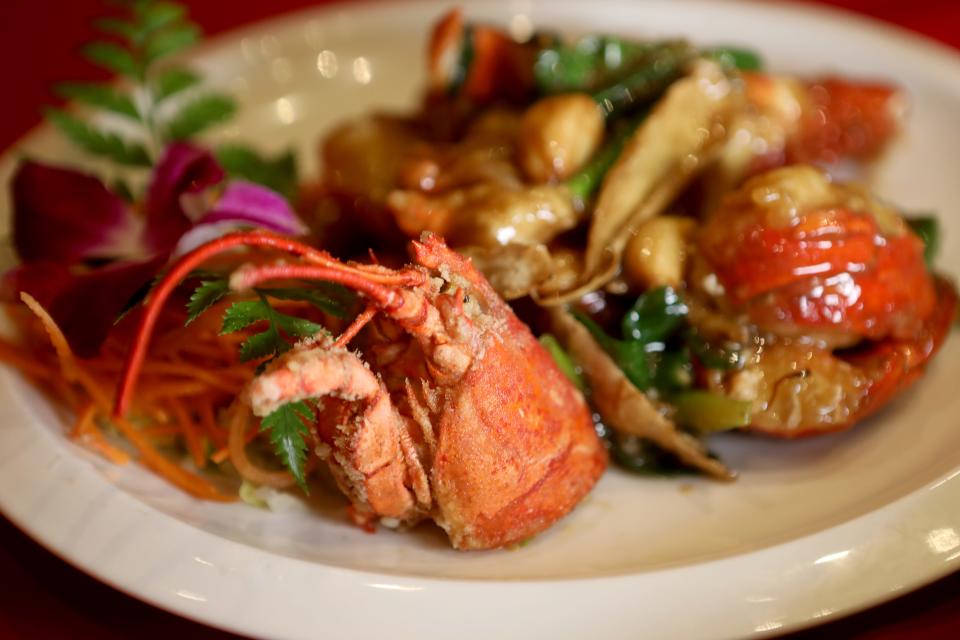
This is a classic Cantonese dish with the lobster cut up and deep fried. The tender lobster meat is then served with ginger and scallions. Lobster is a Lunar New Year tradition as it symbolizes the dragon, which represents power. Plus, it's a luxurious food. Luxury is a must in the new year season to represent wealth.
5. Snow pea shoots in broth or Dou Miao

Green means money and these new green sprouts symbolize a fresh beginning for the new year. It's served in a light broth with egg whites separated from the egg yolks.
6. Fried rice in XO sauce
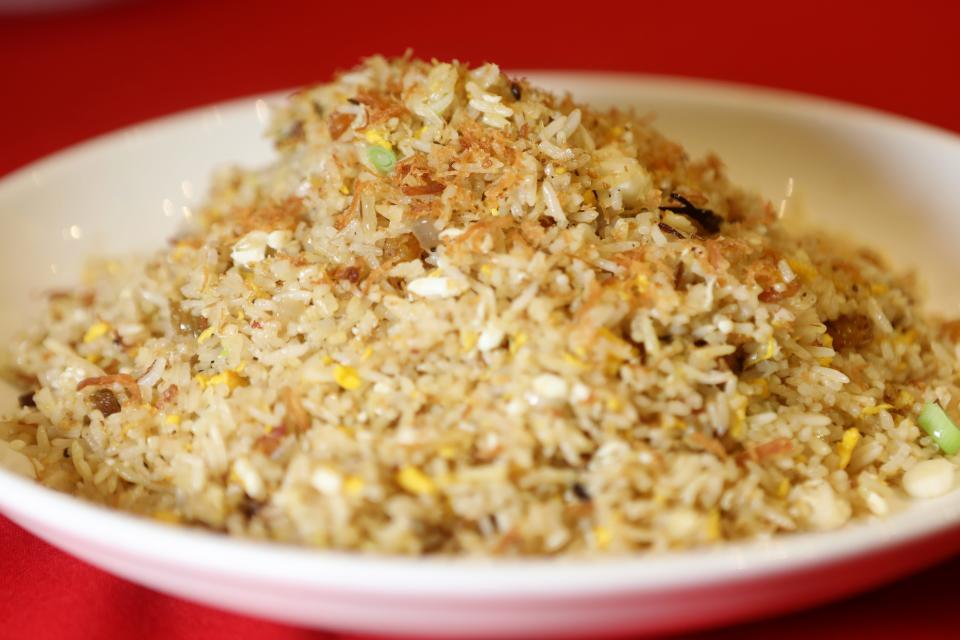
You need a rice dish to accompany all the delicious entrees and this version is a Cantonese specialty. XO sauce is a spicy Cantonese seafood sauce — made with dried shrimp and scallops, ham, chili and soy sauce, among other ingredients — that's salty and pungent. The Aquarius version is served with dried scallops and fish and topped with golden raisins for a touch of sweetness and to symbolize gold.
7. Steamed sea bass
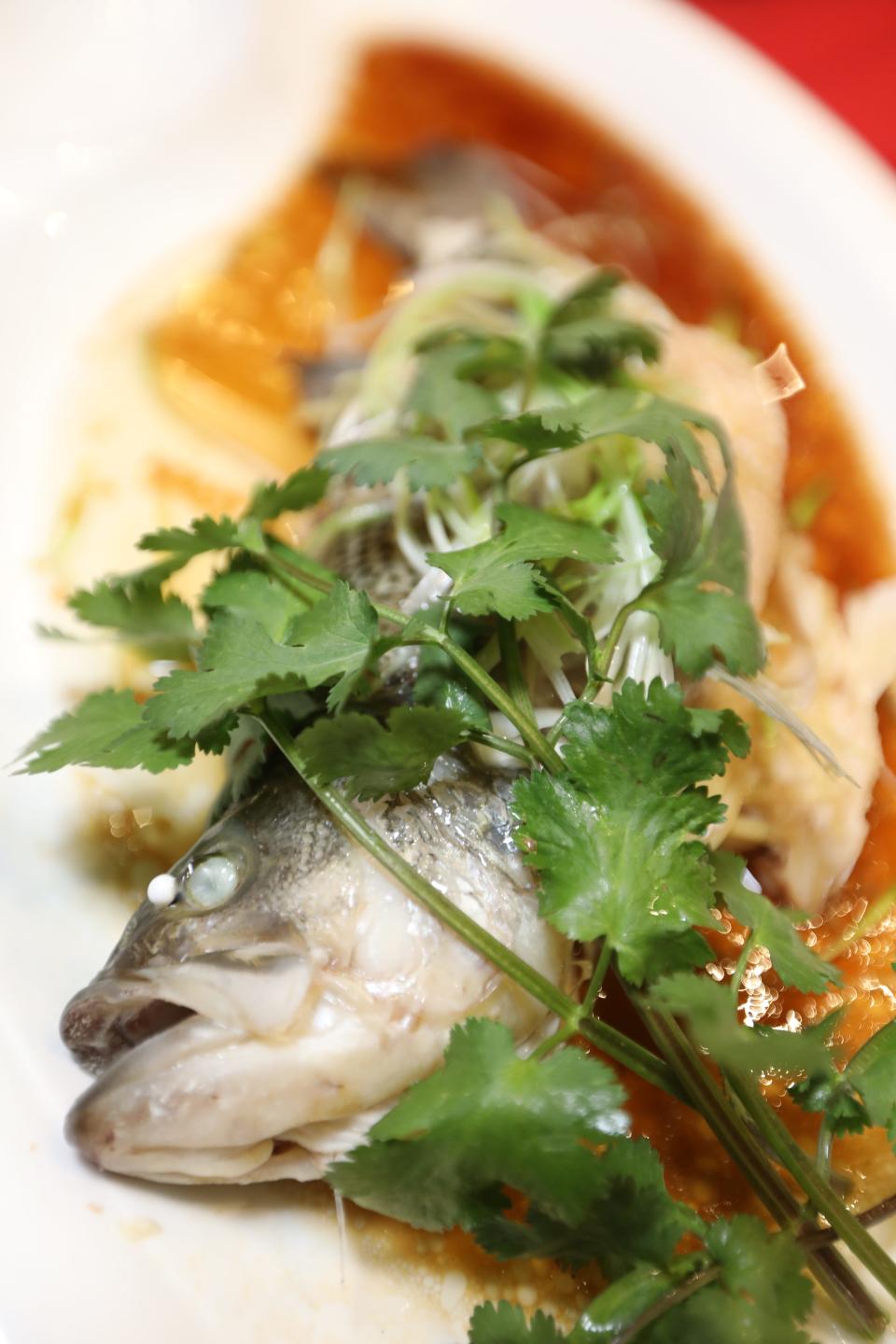
Fish means plenty to eat in Chinese and serving fish is a must for an auspicious year ahead. This simply prepared big mouth bass lets the flavors of the fish shine through, with just soy sauce, oil, ginger and scallions added.
8. Abalone soup

This thick soup with abalone as its highlight represents good fortune. It's a rich, savory broth thickened with corn starch that's hearty during cold nights.
Mary Chao 趙 慶 華 covers the Asian community and real estate for NorthJersey.com. To get unlimited access to the latest news out of North Jersey, please subscribe or activate your digital account today.
Email: mchao@northjersey.com
This article originally appeared on NorthJersey.com: 8 lucky Chinese New Year dishes, from XO rice to sea bass

